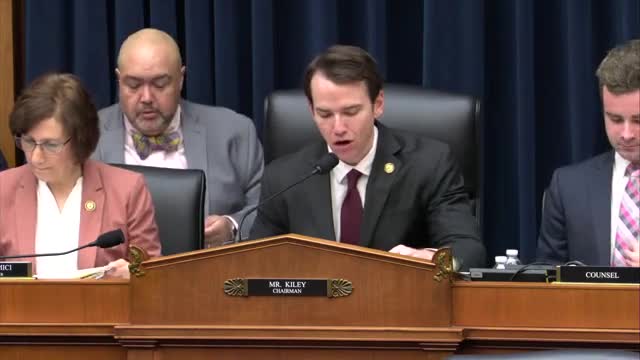
This article was created by AI using a video recording of the meeting. It summarizes the key points discussed, but for full details and context, please refer to the video of the full meeting. Link to Full Meeting
The committee highlighted the urgent need to address educational disparities, particularly in states like California, where achievement gaps persist. A former high school teacher emphasized that AI could provide a richer educational experience for students, enabling personalized learning and greater engagement. Tools like Conmigo, an AI-powered tutoring program from Khan Academy, were showcased as examples of how technology can enhance classroom instruction. These tools offer students individualized support, allowing them to receive assistance outside of traditional teacher-student interactions.
The meeting underscored that nearly half of K-12 students are already utilizing AI tools, with many using them to summarize information, generate ideas, and receive feedback on assignments. This widespread adoption raises critical questions about how schools can guide students in using AI responsibly while maximizing its benefits for academic achievement.
While the potential advantages of AI in education are significant, the committee also addressed the associated risks. Concerns about academic dishonesty were raised, as surveys indicate that a substantial number of students have used AI to complete assignments without permission. Additionally, the importance of safeguarding student privacy and ensuring that AI does not detract from critical thinking and original idea formulation was emphasized.
The committee concluded that the most effective integration of AI in education will prioritize human interaction, ensuring that technology complements rather than replaces traditional teaching methods. As discussions continue, the focus will remain on how to harness AI's capabilities while protecting students' rights and fostering a balanced educational environment.
Converted from From Chalkboards to Chatbots: The Impact of AI on K-12 Education meeting on May 12, 2025
Link to Full Meeting
Comments
View full meeting
This article is based on a recent meeting—watch the full video and explore the complete transcript for deeper insights into the discussion.
View full meeting